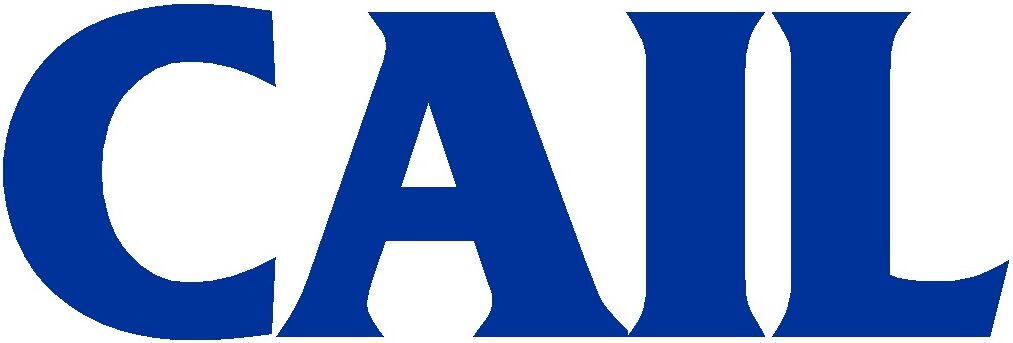
With the –
- Importance of attracting and retaining top talent
- Rate of change increasing
- Requirement organizations be digitally savvy
- Rising User expectations
- Challenges from COVID-19, disruptions, distractions, etc.
- Changes in the making in social values and the geo / political landscape
- Significant debt
- Changing nature of work
- Need for greater diversity, inclusion, and sustainability
…. it’s clear “ what got us here probably won’t get us there “ – and – new leadership competencies are needed to create new opportunities and value !
And with the ongoing need for organizations to –
- Expand opportunities
- Increase relevance and revenue
- Innovate for impact
- Be more sophisticated in managing the changing nature of risk
- Evolve the business model
… enterprises need to have the competencies and ability to address these requirements – quickly, according to Paul Polman, former Unilever CEO and board member.
In a recent Fortune CEO Forum, Polman indicated “ You have this enormous scale of change – bigger than the Industrial Revolution, and the speed of change more than the technological revolution ”. Because of this, Polman noted, the make up of most current Board of Directors (BOD) are not capable of successfully addressing these important needs to lead their organization forward.
“ The reason many boards are struggling is they’re just not equipped to deal with today’s challenges. It might sound harsh, but that is the reality. They don’t reflect the real world anymore. They grew up at a different time period, did an outstanding job then, but the world has moved on ”. Further, he added, today’s boards can be a “ bottleneck ” that inhibit progress on new opportunities, climate change, inequality, new thinking, etc. As Polman noted, having the requisite skills and mindset is not only a BOD issue, but there is also a need to replace a lot of CEOs because many of them have –
- No or little background in technology or few (if any) digital competencies
- Little relevant knowledge, few insights and/or no feel of what will have value
- A lack of vision and look ahead to meaningfully improve outcomes in an increasingly digital world
- Huge challenges with navigating and managing uncertainty, applying relevant metrics associated with innovation, long term thinking, etc.
- Very limited ability to assess or make good decisions on what, who, and how to effect change
Given the nature and extensive list of new requirements and the knowledge needed for an organization to meaningfully improve outcomes today and going forward, it’s easy to see there are blind spots with decision makers not having these competencies that stems from them “ Not knowing what they don’t know – and in many cases, not wanting to know “. Because of this, unfortunately, there are many cases of leaders working against the best interests of their organization – as can be confirmed by the increasing number of companies dropping off the Fortune 500 list.
With this Polman highlighted “ I think what we have proven is that this longer-term multi-stakeholder model with purpose at the core ultimately is also the best model for the shareholders ”. During his tenure as Unilever’s CEO, the company’s stock more than doubled, from around $23 to $56. This was despite investments Polman made in the interest of employee engagement, culture, and responsible business practices relating to climate, and a shareholder attempt to wrest power away from him because of that.
In the same session, Gabrielle Sulzberger, board member at Mastercard, Eli Lilly, and others, agreed new competencies are needed because the pace of change is accelerating, the changing business landscape, the increasing importance of successful ESG (environmental, social, governance) initiatives, etc.
Amy Chang, board member at Disney, Procter & Gamble, and some startups, highlighted the urgency for evolved leadership and fresh perspectives given the emergence of younger generations in the workforce and consumer market that are increasingly looking for a feel good experience and organizations progressing with ESG efforts. “ If we look at it in the U.S., we’re already at 25% of the population is Gen Z ” she explained. “ They have $150 billion of purchasing power. So, you can’t really afford to ignore that if you’re any type of consumer-focused company. And…these folks are about to be their employee base as well.”
Dec 17, 2021 – CAIL Innovation commentary info@cail.com www.cail.com 905-940-9000
